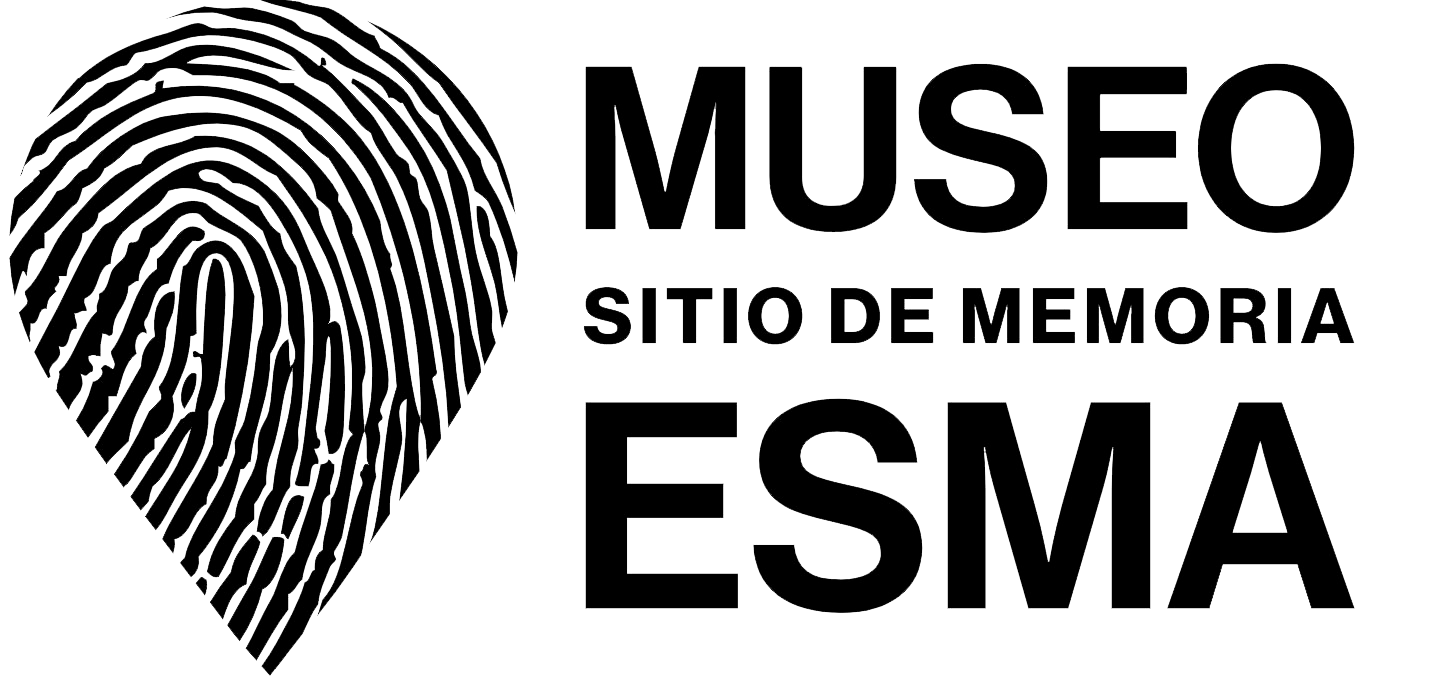In the context of the activities organized for the nomination of the ESMA Museum and Site of Memory – Former Clandestine Center of Detention, Torture and Extermination to become a Unesco World Heritage Site, cultural delegates from diplomatic posts of European Union Member States visited the permanent exhibition and attended a meeting to learn more about the candidacy.
Alejandra Naftal, Executive Director of the Museum, was in charge of the guided tour, and informed visitors about the Unesco nomination project for the program that aims to identify and preserve the heritage assets with outstanding universal value. «Our priority is to protect this place, convinced as we are that what happened here contributes to a dialogue that strengthens our democracy. The ESMA Museum and Site of Memory is not just a museum: it’s the result of years of struggle and conviction by several organisms and sectors that were tenacious in their efforts to keep the issue of Memory in the agenda,» said Naftal, who stressed «the Argentine State’s political will to promote and sustain the nomination ever since the museum was created in 2015.»
Nomination Endorsements
The international delegation was headed by Jordi García Martínez, Chief of the Political Section of EU Member States, who highlighted the importance of the relations between the European Union and Mercosur, and the strengthening of the agreement both alliances signed earlier this year. «We came to understand what happens in this place and to offer our help in any way we can, hoping the nomination will succeed when submitted before Unesco. We were very impressed by what we saw and the quality of the work that is being done here,» the official stressed.
The meeting in which the Work Plan for the nomination was presented was held at the Mercosur Institute for Public Policies in Human Rights (IPPDH), located just a few meters away from the ESMA Museum and Site of Memory. The event was hosted by its Executive Secretary Juan Miguel Bibolini, from Paraguay, who defined IPPDH as a «strategic ally» of the Museum, and committed himself to articulate strategies and activities in the context of the nomination. «This nomination is very important to us, we both encourage and support it, and we would very much like to see it succeed. We are here to work in that direction and boost the Human Rights agenda,» said the official.
To close the event, Mauricio Cohen Salama, Coordinator of the Work Plan for the Museum’s candidacy to become a Unesco World Heritage Site, presented the progress in the nomination to the almost twenty cultural delegates that were present, and stressed that «the outstanding universal value of the Museum lies in the fact that it is a testimony and a symbol of State Terrorism based on the forced disappearance of people, as well as a testimony and a symbol of the power of persuasion and social consensus as means to obtain justice». After the presentation, the delegates showed their interest in supporting the nomination and delivered information about the initiative to the governments of the countries they represent.



